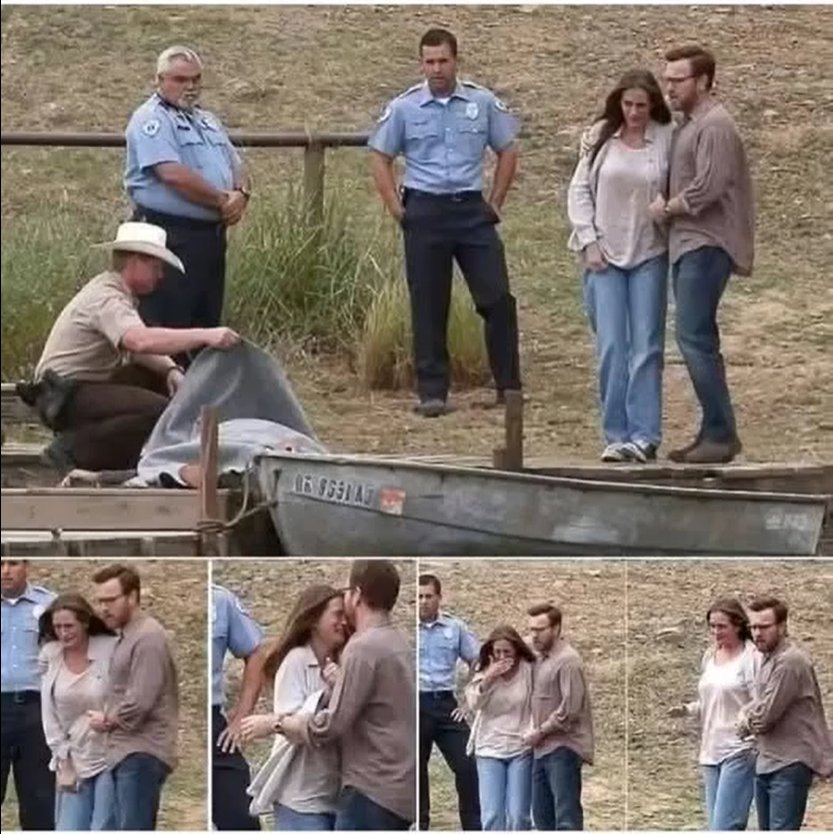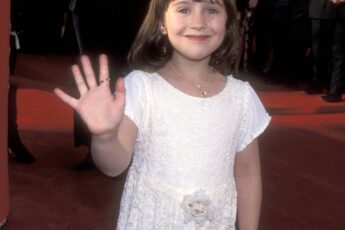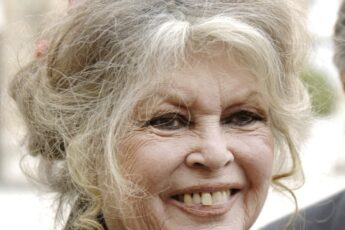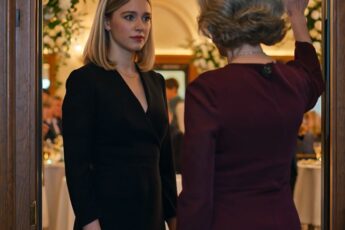Julia Roberts, a name that once instantly conjures images of radiant smiles, Hollywood glamour, and unforgettable film performances, was nearly unrecognizable at 44 when she was spotted on set in Bartlesville, Oklahoma. Known globally for her captivating presence and signature charm, she seemed to have shed much of that Hollywood glitz in her latest role, showcasing a side of herself that was far more grounded, raw, and vulnerable.
Most people still associate Julia with her iconic turn as Vivian Ward in “Pretty Woman,” a film that catapulted her into superstardom and made her an enduring household name. That bright, charismatic woman with the big smile and shimmering red gown seemed a world away from how she appeared during this recent filming. Filming alongside Ewan McGregor for “August: Osage County,” she was seen in scenes that looked emotionally charged and intense—far removed from the lighthearted rom-coms that first made her famous.
For her role in this film, Roberts underwent a dramatic transformation. Gone was the polished, glamorous image that many fans adored, replaced by a much more modest and lived-in appearance. She was dressed in loose blue trousers that hung comfortably from her hips, paired with a simple white blouse layered over a cream top—clothing that seemed practical and unassuming, meant to reflect her character’s emotional state more than her own personal style. Her long, brown hair was styled plainly, falling loosely around her shoulders in a way that suggested she was deeply immersed in her character, Barbara Weston, a woman grappling with profound family issues following the mysterious disappearance of her alcoholic father.
Watching her on set that day, the contrast between her usual on-screen persona and her on-location look couldn’t be more stark. There was no gloss, no carefully curated glamour, just a woman who appeared deeply committed to embodying her character’s pain and complexity. It was a reminder that even Hollywood stars, in their process of preparing for a role, can momentarily reveal a different, more authentic side of themselves. It was almost as if she had temporarily stepped out of her celebrity shell to become someone entirely different—a woman burdened by sorrow, guilt, and unresolved family secrets.
Her presence on set was intense but focused. She and Ewan McGregor shared genuine moments of concentration during their scenes—probably some of the most emotionally charged of the day. You’re drawn to the irony: here was Julia Roberts, a woman who once lit up the screen with cheerful energy and captivating charisma, now fully immersed in a story that explores loss, regret, and the painful process of healing. Her character’s struggles resonated with raw honesty, and her appearance on set underscored her dedication to portraying that authenticity.
Despite her change in appearance, it was evident that her talent and dedication hadn’t wavered. She exuded a different kind of beauty—one rooted in vulnerability and strength. Her face, unadorned by makeup, looked real and open, exposing the emotional layers beneath her outward simplicity. In that moment—without the shimmering glamour of her earlier Hollywood days—she seemed more human, more relatable, and more connected to the gritty reality her character was navigating.
Off-camera, Julia Roberts is known to be a loving wife to cinematographer Daniel Moder and a dedicated mother of three. It’s clear that her life is full of these dualities—public fame and private family moments, glitz and groundedness. Her work in “August: Osage County” seemed to reflect her own capacity for deep emotion and empathy, qualities that serve her well both as an actress and a person.
There’s a certain beauty in seeing an actress like Julia Roberts strip away her star image to become wholly immersed in a difficult character. It reminds us that acting isn’t just about glamour and pretty appearances; it’s about vulnerability, truth, and sometimes revealing the parts of ourselves we usually hide behind a polished exterior. This transformation, though striking, feels authentic—proof of her commitment to her craft and her ability to explore different facets of human experience.
As she went through her scenes that day, you could tell she wasn’t just performing. She was listening, reacting, feeling. Every glance, every pause, seemed deliberate—a portrayal of a woman caught in the complicated web of her own life. Watching her work, it was impossible not to feel drawn in, to empathize with her character’s pain. It’s a testament to her talent that she can evoke such raw emotion in the simplest of costumes and makeup.
That day on set, in her plain clothes and natural look, Julia Roberts once again reminded us that real beauty often lies beneath the surface. It’s not in the clothes we wear or the makeup we apply, but in the depth of emotion and sincerity we bring to the world—something she exemplifies so effortlessly. Her willingness to shed the usual Hollywood polish in pursuit of an authentic performance made her stand out even more, a reminder that behind the star is a person capable of profound vulnerability and truth.




